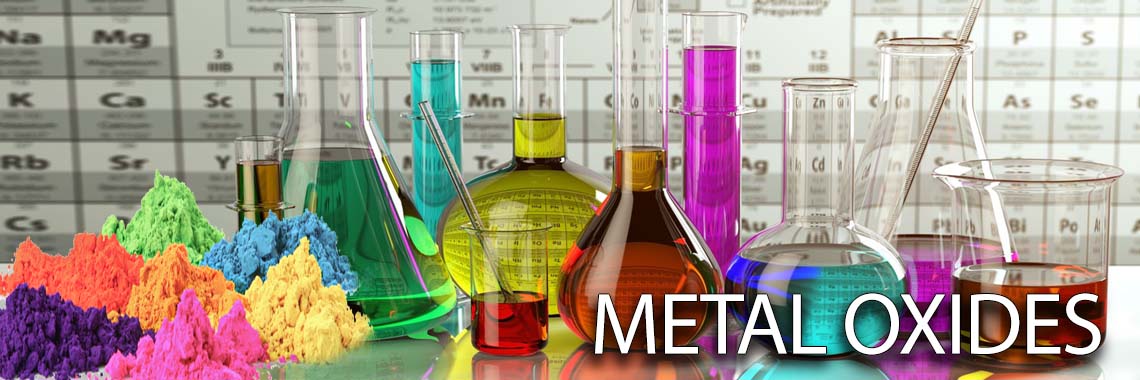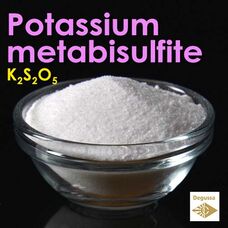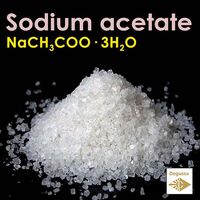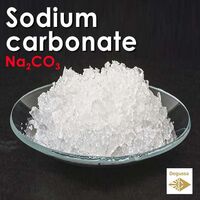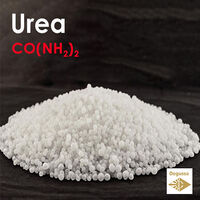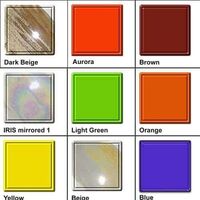Potassium metabisulfite
K2S2O5
Potassium metabisulfite, K2S2O5, also known as potassium pyrosulfite, is a white crystalline powder with a pungent odour. It is mainly used as an antioxidant or chemical sterilant. As a disulfite, it is chemically very similar to sodium metabisulfite, with which it is sometimes used interchangeably. Potassium metabisulfite has a monoclinic crystal structure.
Potassium metabisulfite is a chemical compound with the chemical formula K2S2O5. It is a white, crystalline powder that is soluble in water. Potassium metabisulfite is a derivative of sulfur dioxide (SO2) and is commonly referred to as a sulfite.
Potassium metabisulfite has various uses in different industries:
Food and Beverage Industry: Potassium metabisulfite is widely used as a food additive, primarily as a preservative and antioxidant. It helps inhibit the growth of bacteria, yeasts, and molds in food and beverages. It is commonly used in winemaking to stabilize the wine, prevent oxidation, and extend its shelf life. It is also used in the production of dried fruits and vegetables, juices, and some processed foods.
Water Treatment: Potassium metabisulfite is utilized in water treatment processes, particularly in municipal water treatment plants. It is added to water to remove chlorine, which is commonly used for disinfection. It reacts with chlorine to form harmless compounds, thereby dechlorinating the water.
Photographic Industry: Potassium metabisulfite is used in developing solutions for film and photographic prints. It acts as a reducing agent, helping to remove unexposed silver halides and stabilize the developed image.
Textile Industry: In the textile industry, potassium metabisulfite is employed as a bleach activator and an antioxidant in the production of textiles and fibers.
Other Applications: Potassium metabisulfite finds use as a reducing agent and preservative in various industrial processes, such as pulp and paper production, leather tanning, and the manufacture of rubber and dyes. It can also be used as a cleaning and sanitizing agent in certain applications.
It's worth noting that potassium metabisulfite can cause allergic reactions in some individuals, particularly those who are sensitive to sulfites. Therefore, it is required to be labeled on food and beverage products when present above certain concentrations, as it can pose health risks for certain individuals, including those with asthma or sulfite allergies.
Uses in pottery and ceramics:
Added to the glaze, makes beautiful final effects.
Other uses:
It is used as a food additive, also known as E224 (preservative)
Wine
Potassium metabisulfite is a common wine or must additive, in which it forms sulfur dioxide (SO2). Sulfur dioxide is a disinfectant. It also acts as a potent antioxidant, protecting both the color and delicate flavors of wine.
A high dose would be 3 grams of potassium metabisulfite per six-gallon bucket of must (yielding roughly 75 ppm of SO2) prior to fermentation; then 6 grams per six-gallon bucket (150 ppm of SO2) at bottling. Some countries regulate the SO2 content of wines.
Winemaking equipment is sanitized by spraying with a 1% SO2 (2 tsp potassium metabisulfite per L) solution.
Beer
Potassium metabisulfite is sometimes used in the brewing industry to inhibit the growth of wild bacteria and fungi. This step is called 'stabilizing'. It is also used to neutralize monochloramine from tap water. It is used both by homebrewers and commercial brewers alike. It is not used as much for brewing beer, because the wort is almost always boiled, which kills most microorganisms.
Potassium metabisulfite is sometimes added to lemon juice as a preservative.
Potassium metabisulfite is used in the textile industry for dyeing and cotton printing.
Potassium metabisulfite is sometimes used to precipitate gold from solution in aqua regia (as an alternative to sodium sulfite).
It is a component of certain photographic developers and solutions used in photographic fixing.
It is used as a bleaching agent in the production of coconut cream.
It is used in some pickles as a preservative.
It is used in tint etching iron-based metal samples for microstructural analysis.
It is used in Aam papad as a preservative.
More about Potassium metabisulfite can be found on Wikipedia.
Molar Mass: 222.31 g/mol
Form: White crystalline powder
CAS Number: 16731-55-8
E Number: E224
Density: 2.34 g/cm³
Synonyms: Dipotassium disulfite, Dipotassium disulphite, Dipotassium metabisulfite, dipotassium oxidosulfanesulfonate oxide, Dipotassium pyrosulfite, Disulfurous acid, dipotassium salt, Kaliumpyrosulfit, Potassium pentaoxodisulfate, Sobisu, E-224
Potassium metabisulfite
- Brand: Degussa
- Product Code: Oxide - Potassium metabisulfite
- SKU: K2S2O5
- Availability: 333
-
0.99€
Available Options
Related Products
Sodium acetate - Hot ice (sodium acetate trihydrate)
NaCH3COO Sodium acetate trihydrate (NaCH3COO·3H2O) is a chemical compound composed of sodium (Na), acetate (CH3COO)..
0.99€
Sodium Carbonate - Na2CO3 - Sodium Carbide Natrium Carbonate
Na2CO3 Sodium carbonate, also known as soda ash or washing soda, is a white, crystalline compound with the chemical..
0.99€
UREA - Unlocking the Potential of Carbamide: From Agriculture to Industry urea
CO(NH2)2 Urea, also called carbamide (because it is a diamide of carbonic acid) is a chemical compound with t..
0.59€
Silicon Carbide - Carborundum - mesh 220 & 1200
SiC Silicon carbide (SiC), also known as carborundum, is a hard chemical compound containing silicon and carbon. A ..
0.99€
Tags: oxide

